Shravan month, observed between July and August, is an important time in the Hindu calendar. It is marked by religious observances, fasting, and festivals in Shravan month that reflect India’s cultural and spiritual traditions. Devotees offer prayers to Lord Shiva, and the monsoon rains during this period are seen as a sign of renewal and prosperity. Major festivals in Shravan month, such as Janmashtami, Teej, and Raksha Bandhan, are celebrated in different ways across regions. These festivals bring families and communities together in devotion and joy.
Top 10 Festivals In Shravan Month
Here are some of the most auspicious festivals in Shravan month, reflecting India’s rich cultural and spiritual heritage and traditions:
1. Nag Panchami
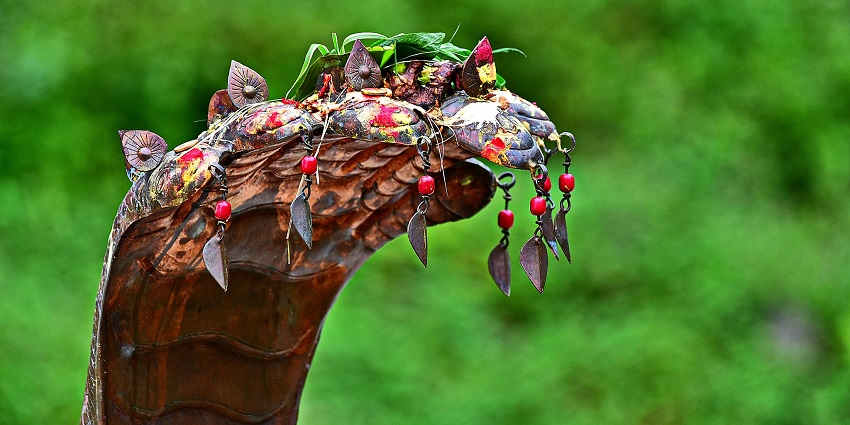
Photo: Rajesh Dhungana / Wikimedia Commons / Image For Representation Only
Nag Panchami is a traditional festival dedicated to the worship of serpents. It is observed by Hindus, Jains, and Buddhists across India and Nepal. Celebrated on the fifth day of the bright half of the lunar month of Shravan, devotees offer milk, flowers, and prayers to snake deities. They seek protection and blessings for their families. In many regions, live cobras are venerated, often with the assistance of snake charmers. The festival underscores the deep-rooted cultural reverence for snakes in Hindu mythology and their association with Lord Shiva.
Date: Fifth day of the bright half of Shravan (July / August)
Location: Observed across India and Nepal
Must Have Experiences: Witnessing the traditional rituals and snake worship ceremonies in rural temples
2. Hariyali Teej
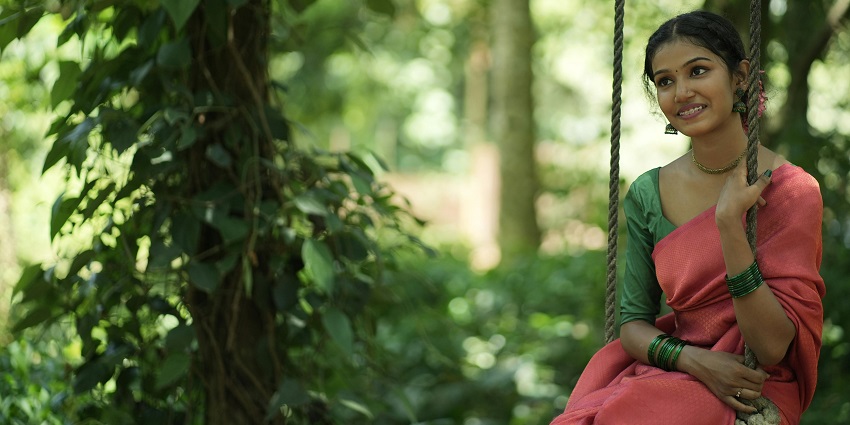
Photo: VJY / Pexels / Image For Representation Only
Hariyali Teej is a vibrant festival celebrated primarily by married women in North India, including Rajasthan, Uttar Pradesh, Bihar and Jharkhand. It marks the onset of the monsoon season and is dedicated to the reunion of Lord Shiva and Goddess Parvati. Women dress in green attire, adorn themselves with jewelry, and apply henna on their hands. They sing folk songs, swing on decorated swings hung from trees. They also pray for marital bliss and the well-being of their husbands, making this one of the auspicious festivals in Shravan month.
Date: Third day of the bright half of Shravan (July / August)
Location: Predominantly in Rajasthan, Uttar Pradesh, Bihar, Haryana, Jharkhand
Must Have Experiences: Participating in traditional singing and swinging ceremonies in local communities
3. Raksha Bandhan

Photo: Suyash.dwivedi / Wikimedia Commons
Raksha Bandhan, also known as Rakhi, celebrates the bond between brothers and sisters. On this day, sisters tie a protective thread (rakhi) around their brothers’ wrists, praying for their well-being. Meanwhile, brothers pledge to protect their sisters. The festival fosters familial bonds and is celebrated with the exchange of gifts and sweets. In Maharashtra, it coincides with Narali Purnima, where fishermen offer coconuts to the sea, marking the beginning of the fishing season.
Date: Full moon day of Shravan (July / August)
Location: Nationwide, with regional variations
Must Have Experiences: Observing the rakhi tying ceremony and tasting traditional sweets prepared for the occasion
4. Kajari Teej
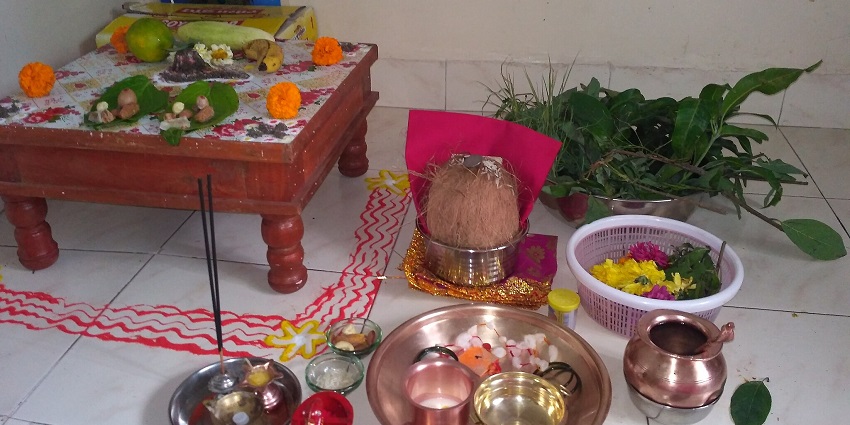
Photo: कल्याणी कोतकर / Wikimedia Commons
Kajari Teej, also known as Badi Teej, is celebrated in parts of Uttar Pradesh, Madhya Pradesh, and Rajasthan. It is observed by women to seek the well-being of their husbands and a happy married life. Festivities include singing folk songs, performing traditional dances, and participating in fasting rituals. The festival also signifies the arrival of the monsoon and the rejuvenation of nature. It is one of the best festivals in Shravan month, holding much reverence.
Date: Third day of the dark half of Shravan (July / August)
Location: Uttar Pradesh, Madhya Pradesh, Rajasthan
Must Have Experiences: Enjoying the vibrant folk performances and community gatherings
5. Janmashtami
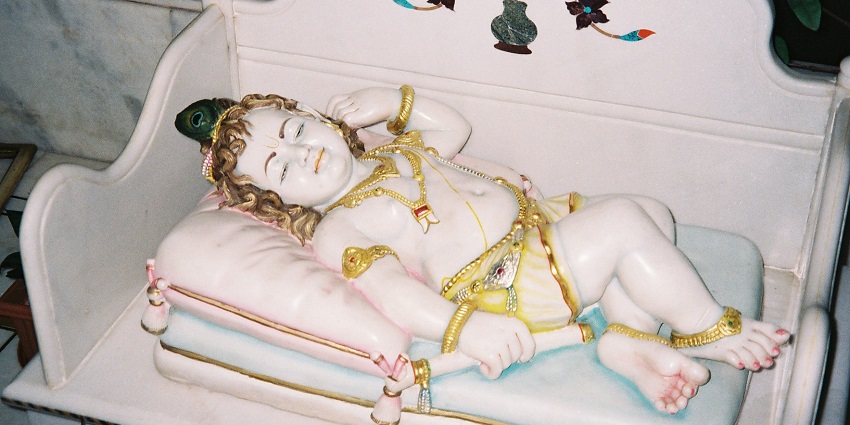
Photo: Nvvchar / Wikimedia Commons
Janmashtami commemorates the birth of Lord Krishna, the eighth incarnation of Lord Vishnu. Devotees observe fasting, sing devotional songs, and reenact episodes from Krishna’s childhood. A much celbrated tradition is the Dahi Handi ceremony, where young men form human pyramids to break pots filled with curd, in a public gathering to receive a reward. Temples are beautifully decorated, and midnight prayers mark the time of Krishna’s birth.
Date: Eighth day of the dark half of Shravan (July / August)
Location: Nationwide, with grand celebrations in Mathura and Vrindavan
Must Have Experiences: Witnessing the Dahi Handi celebrations and midnight festivities in temples
6. Narali Purnima
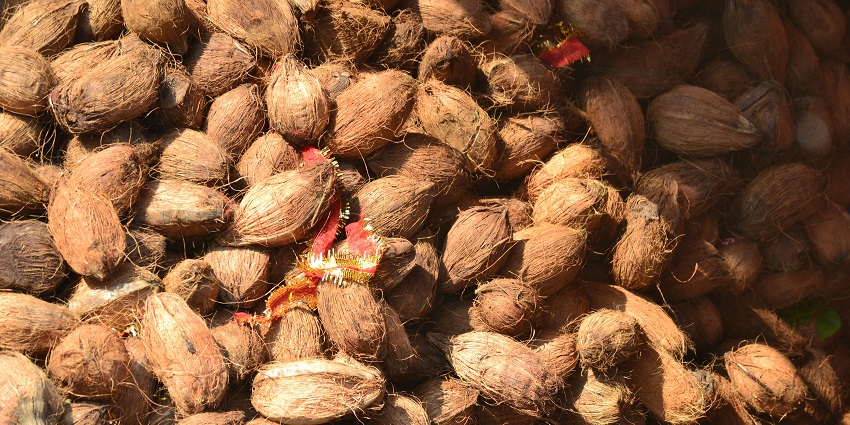
Photo: Gaurav Diwan / Unsplash / Image For Representation Only
Narali Purnima, also known as Coconut Day, is celebrated by the fishing communities in Maharashtra, Goa, and parts of Gujarat. It marks the end of the monsoon season and the beginning of the fishing season. Fishermen offer coconuts to the sea god, Varuna, seeking his blessings for a bountiful catch and safety. This is one of the festivals in shravan month which is characterised by colourful boat decorations, traditional music, and dance performances.
Date: Full moon day of Shravan (July / August)
Location: Coastal regions of Maharashtra, Goa, and Gujarat
Must Have Experiences: Observing the coconut offerings and participating in coastal festivities
7. Sanskrit Diwas
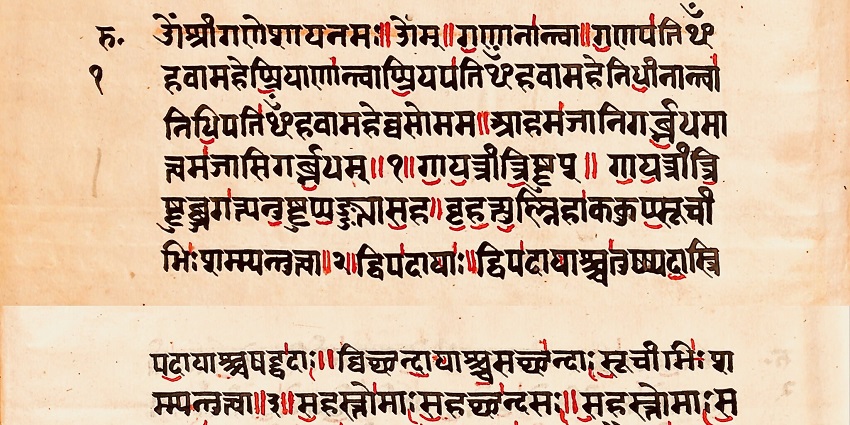
Photo: Ms Sarah Welch / Wikimedia Commons / Image For Representation Only
Sanskrit Diwas, or World Sanskrit Day, promotes and celebrates the ancient Sanskrit language. Educational institutions and cultural organisations organise seminars, workshops, and recitations. This is to highlight the language’s historical significance and contribution to literature, science, and philosophy. The day aims to revive interest in Sanskrit and encourage its study among the younger generation. It is one of the festivals in Shravan month which is celebrated worldwide.
Date: Full moon day of Shravan (July / August)
Location: Celebrated in educational institutions and cultural centres across India
Must Have Experiences: Attending Sanskrit recitation and lecture events
8. Kalki Jayanti
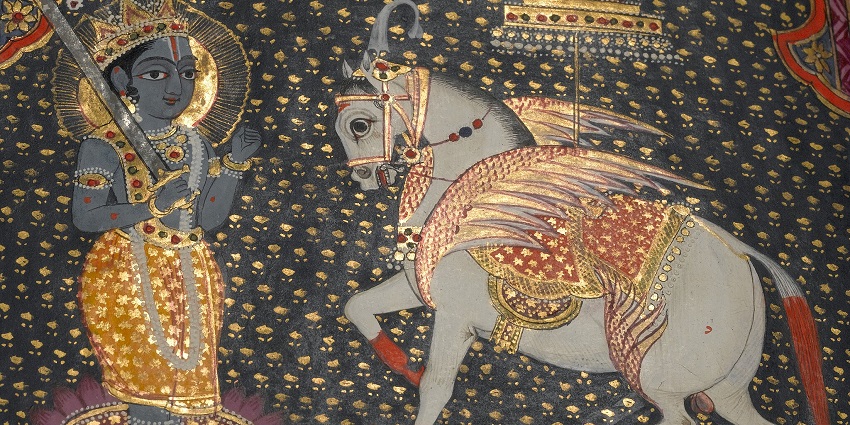
Photo: Fæ / Wikimedia Commons / Image For Representation Only
Kalki Jayanti marks the birth anniversary of Lord Kalki, the tenth and final incarnation of Lord Vishnu. He is prophesied to appear at the end of the current Kali Yuga. Devotees offer prayers and recite hymns dedicated to Kalki in temples, seeking blessings for peace and righteousness. Religious discourses are organised to discuss the significance of Lord Kalki’s arrival and his praises are sung with religious hymns.
Date: Full moon day of Shravan (July / August)
Location: Temples dedicated to Lord Vishnu across India
Must Have Experiences: Attending special prayers and discourses on Kalki’s prophecy
9. Gayatri Jayanti
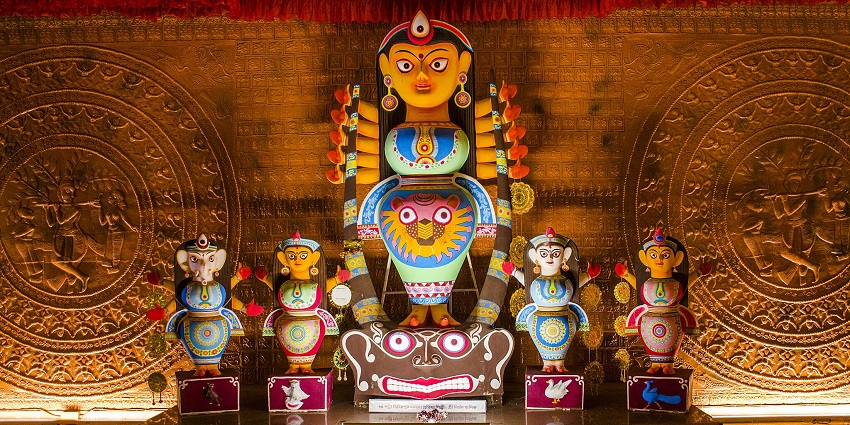
Photo: Rangan Datta Wiki / Wikimedia Commons / Image For Representation Only
Gayatri Jayanti commemorates the appearance of Goddess Gayatri, the personification of the Gayatri Mantra. Devotees recite the mantra and perform rituals to seek wisdom and spiritual enlightenment. Many temples conduct special ceremonies and yajnas (fire rituals) to honour the goddess. Gayatri Jayanti is observed on Ekadashi during the Shukla Paksha of Jyeshtha or Ashadha month, depending on regional traditions. It is considered an auspicious day for initiating the chanting of the Gayatri Mantra and deepening one’s spiritual practice.
Date: Full moon day of Shravan (July / August)
Location: Celebrated in spiritual and religious institutions across India
Must Have Experiences: Participating in mass Gayatri Mantra chanting sessions
10. Shravan Somwar

Photo: आर्या जोशी / Wikimedia Commons / Image For Representation Only
Shravan Somwar refers to the Mondays of the Shravan month, which are dedicated to the worship of Lord Shiva. Devotees observe fasting, visit Shiva temples, and perform special prayers, believing that worshipping Shiva during this time brings prosperity and spiritual fulfilment. The month is particularly significant in places like Varanasi and Ujjain, where grand Shiva processions take place. These make it one of the most celebrated festivals in Shravan month.
Date: Every Monday of Shravan (July / August)
Location: Nationwide, with grand celebrations in Shiva temples
Must Have Experiences: Participating in Rudrabhishek (Shiva worship) rituals at a temple
Shravan is a spiritually significant month, marked by festivals in Shravan month that celebrate devotion and tradition. From the sacred fasts of Shravan Somwar to the joyous occasions of Raksha Bandhan and Janmashtami, each festival holds a deep meaning in accordance with Indian culture. Plan your spiritual journey with TripXL and experience these festivals in Shravan month, that honour devotion, tradition, and culture.
Cover Photo: Rajesh Dhungana / Wikimedia Commons


 WhatsApp
WhatsApp
 Twitter
Twitter









